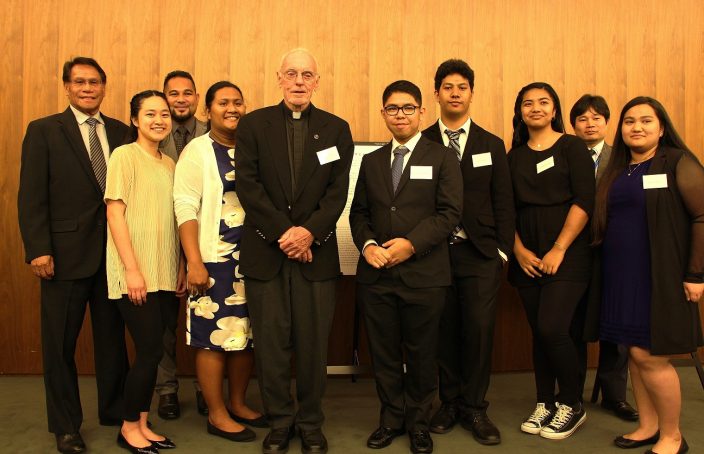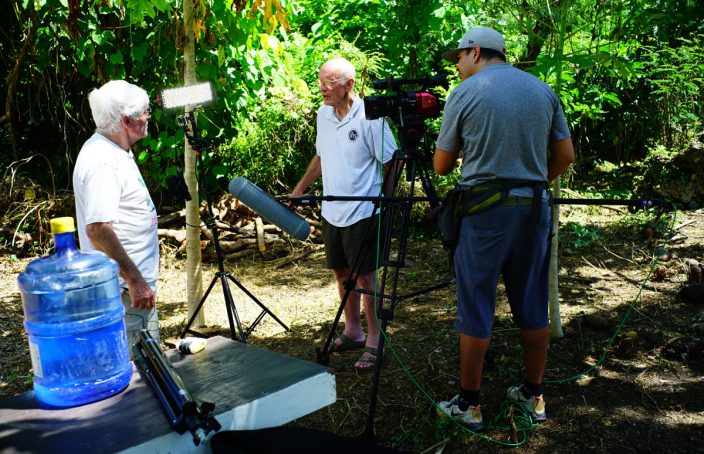San Vitores: Hero or Villain?
Stand outside the new Guam museum and read what’s inscribed on the wall: “Before these (Spanish) people arrived, we didn’t know rats, flies, mosquitoes… and disease.” Just to underscore that point, there are the statues of the chiefs (Hurao and Aguarin) who resisted the foreigners, those despoilers of this land.
Cross the street and catch the Sunday mass at the cathedral, with its own array of statues, its spirited singing, and its faithful followers. This all started, of course, with Diego Luis de San Vitores and his companions, who came to share their faith with the people of these islands.
Read More







